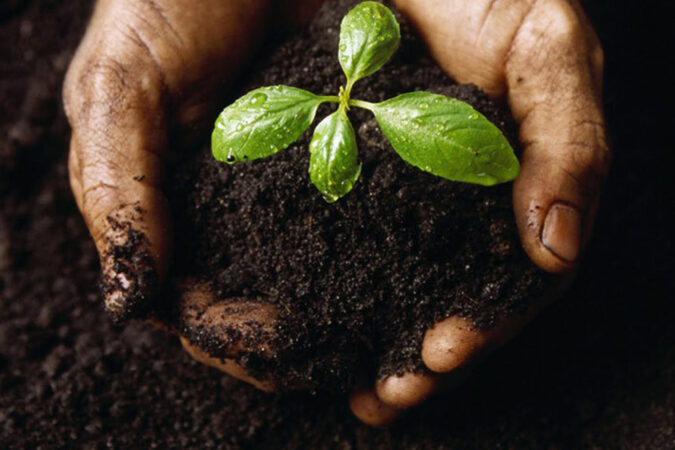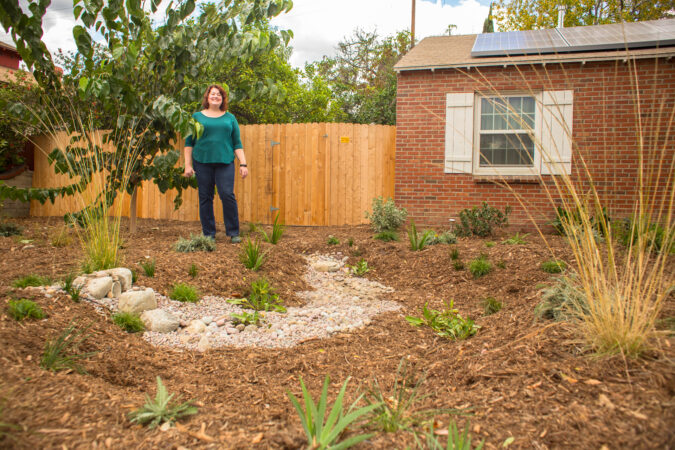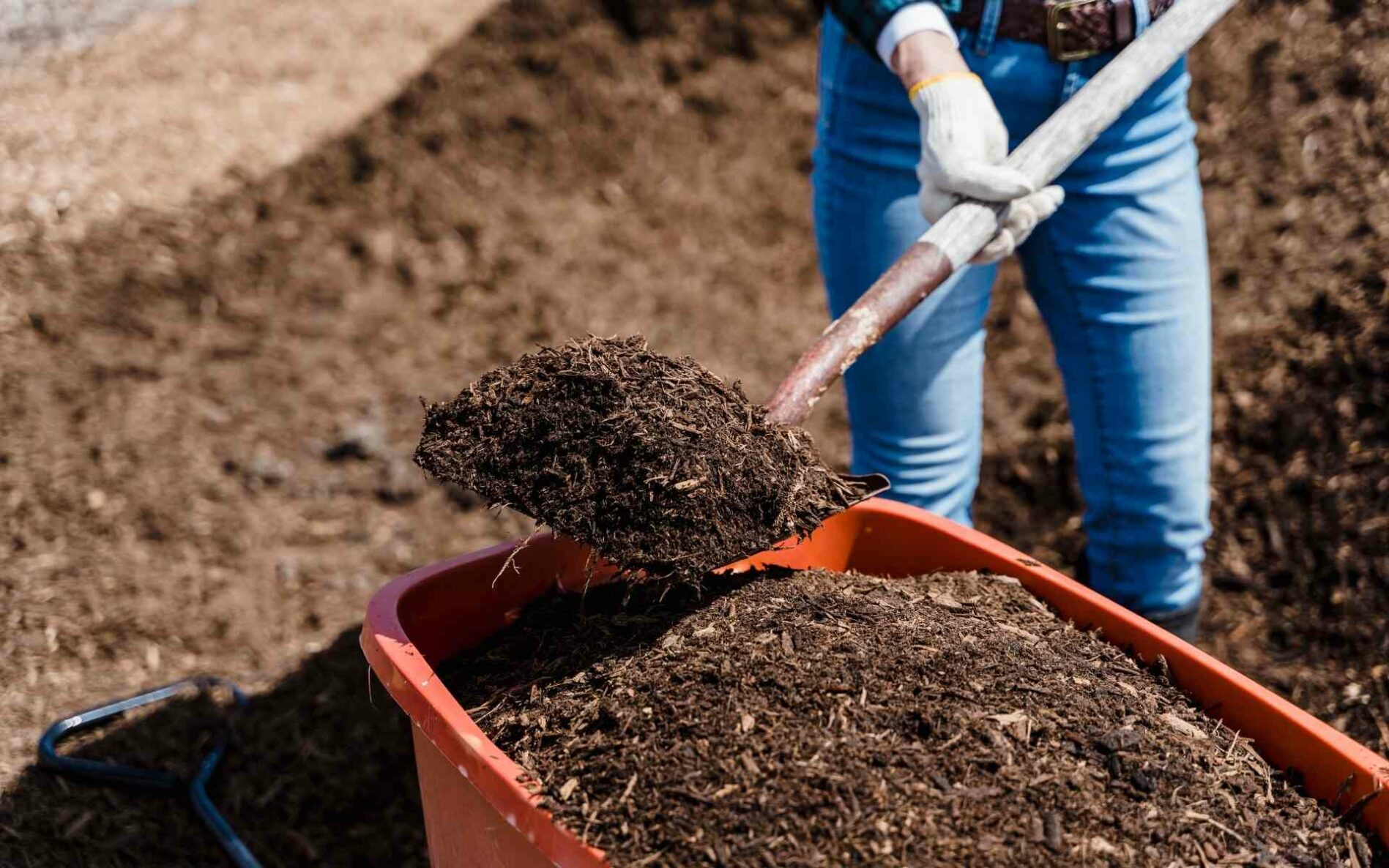One of the keys to maintaining native and climate-appropriate plants in your sustainable landscape is the health of the soil. Plant roots utilize and store nutrients in the soil environment, so it is essential that the soil contains what the roots need!
Can’t I Just Add Fertilizer?
It is not necessary to spend your money on chemical fertilizers to ensure healthy plants. Besides, chemical fertilizers are not good for the water cycle. When they get washed off into storm drains and then flow to the ocean, these nitrogen-rich fertilizers cause a rapid growth in algae that negatively affect fish and other aquatic life.
Most California natives evolved to grow in a nutrient-poor soil. So, the excess nitrogen in organic fertilizers are not necessary and may actually kill them.
Get Your Hands Dirty!

One way to ensure happy plants is to be sure that you are using ones that are appropriate to your soil texture. The texture of the soil refers to the size of the individual soil particles. Different proportions of sand, silt, and clay will determine the texture of the soil and how well it will drain water.
It is as easy as taking a handful of soil moistened with water and rubbing it between your thumb and forefinger – taking note of how it feels. Use this guide to determine your soil texture.
Once you have this information, choose plants that fall into the right category of your soil. For example, purple sage does well in sandy, well-draining soils, and barberry prefers soils that are loamy clay!
The Magic of Mulch

The usage of organic mulch (chipped up branches, leaves, and bark) is key in helping to build the soil. Depleted soil has poor texture, is compacted and doesn’t hold water. This makes it difficult for plants to get the necessary water and nutrients to their roots. Because mulch is carbon-rich, our California natives and low-water-use climate-appropriate plants do well with a 3” layer placed on top of the surface of the soil.
Other than helping to build the soil, mulch holds moisture, reduces evaporation, reduces soil temperature, inhibits weed growth, prevents compaction, encourages worms and microorganisms that break down the organic matter and aerate the soil – magical!
Where can I get some of this stuff?
Go here for instructions on how to get mulch (you can get it for free!), determine how much you need, and more.
Looking for more resources?
Join us on Saturday, January 12 for a 4-hour Sustainable Landscape Maintenance Workshop that will cover soil health, plants and pruning, irrigation and watering considerations, rain barrels and more. Go here to register. This workshop is sponsored by the Los Angeles Department of Water and Power for customers in the LADWP service area.
Soil may get a bad rap for being known as “dirt” – but it is so much more! See this infographic for the real dirt on soil and all the living and non-living components it contains!

